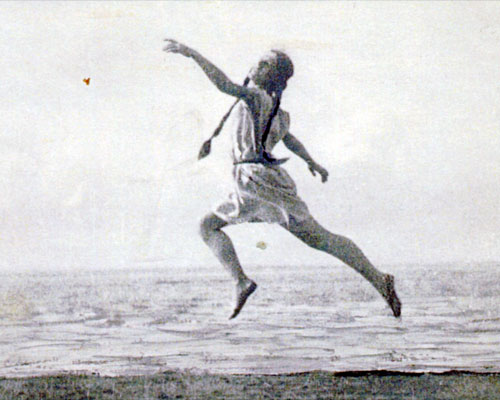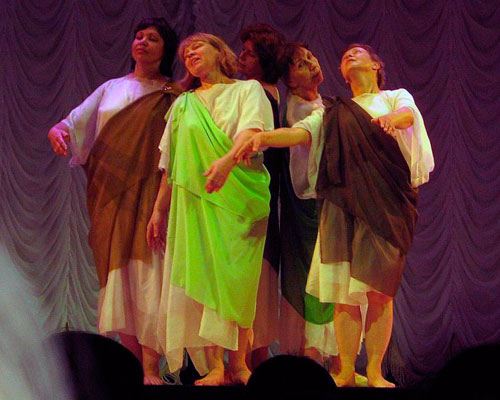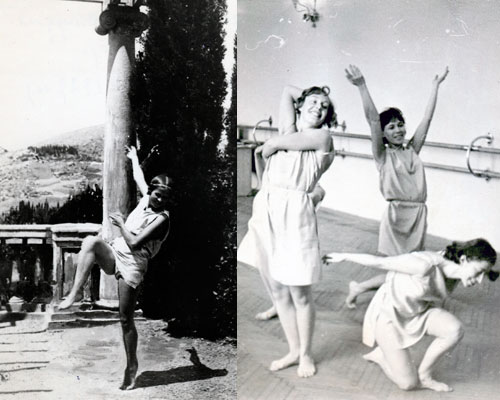Reviews & memoirs
From the memoirs of S. D. Rudneva
“… In this sense, the most stunning number from all that I saw in her, in the sense of the improbability of the dance, the usual concept of dance, it was Chopin’s 7th Prelude, you probably all know it. This was also performed in 1908, she went to bows, to challenges. Well, once they summoned, she had fun like that, talked to the audience, and also, and then the pianist came out and sat down at the piano. She went to the piano, stood up, leaning on the piano, leaned back and all the first phrases of this prelude she stood motionless, looking into the hall. In general, she never looked at someone in the hall, she looked at everyone together and into some space. In the second half of this prelude, she slightly separated from the piano and took several steps to one side with some small movement of her hands, and in the other direction, and all these four phrases that are there, she somehow searched the stage close to piano, even in the background, and then stopped at the end of the music. And that’s it! And you know, I must say that one of the strongest impressions that I had in general was this prelude, and mainly this first part, when she looked into the audience, because, of course, this woman had eyes absolutely extraordinary …. “
“… There were moments that were remembered forever and ever. For example, when she danced the Schubert military march, she flew onto the stage, right into the audience, and she walked with a terribly sharp, horse-like step, striking her toe on the floor and knee forward, as one very good reviewer tells about it. At the same time, she had a red scarf in her hands, a gauze red scarf, and she, holding it above her, with this strong movement walked directly into the audience. Then she wrapped it up, threw the scarf over in a different way, and on the second part of the march she was already lightly bouncing with this scarf over her head. Connecting with this the happy moments of my and my comrades’ lives, I want to say that on this day we threw her a wreath of bright red carnations. And she lifted this wreath, put it on her head, and danced this march in this wreath. It was very beautiful and even got into the papers. But with this wreath she danced not only a military march, but also Grechaninov’s lullaby. This is also one of the very highlights. The wreath lay on the floor, and she knelt down and admired the baby. There was no other content there – I admired and admired the baby lying in the cradle…. “
“… All her art was incredibly optimistic. As one woman once said, all her numbers, all her movements went from bottom to top, they all talked about lifting, about victory over weight, over darkness, over grief. Always this struggle for light, for strength, for courage pervaded all her numbers, was her most basic theme. One good French review describing her appearance on stage in such a strange setting says that this brave, reckless woman goes on stage alone, half naked, and conquers this terrible thing. The courage and recklessness with which she decided to do this were one of the signs of extraordinary strength and a call for courage and optimism … “.
“… .Here are its provisions. “Dance is an art. His task, like all arts, is to express the highest and deepest feelings of a person, to artistically reveal in the movements of the body what is most healthy, beautiful and moral. To consider him only entertainment is to humiliate him. True dance does not consist, “said Izadora,” from various established steps and poses. The dancer does not need them. He listens to his heart and his dance is directly controlled by the rhythms of deep emotions. He only has to find the peculiarities of movement that most truthfully express the movements of his soul …. ”
















































